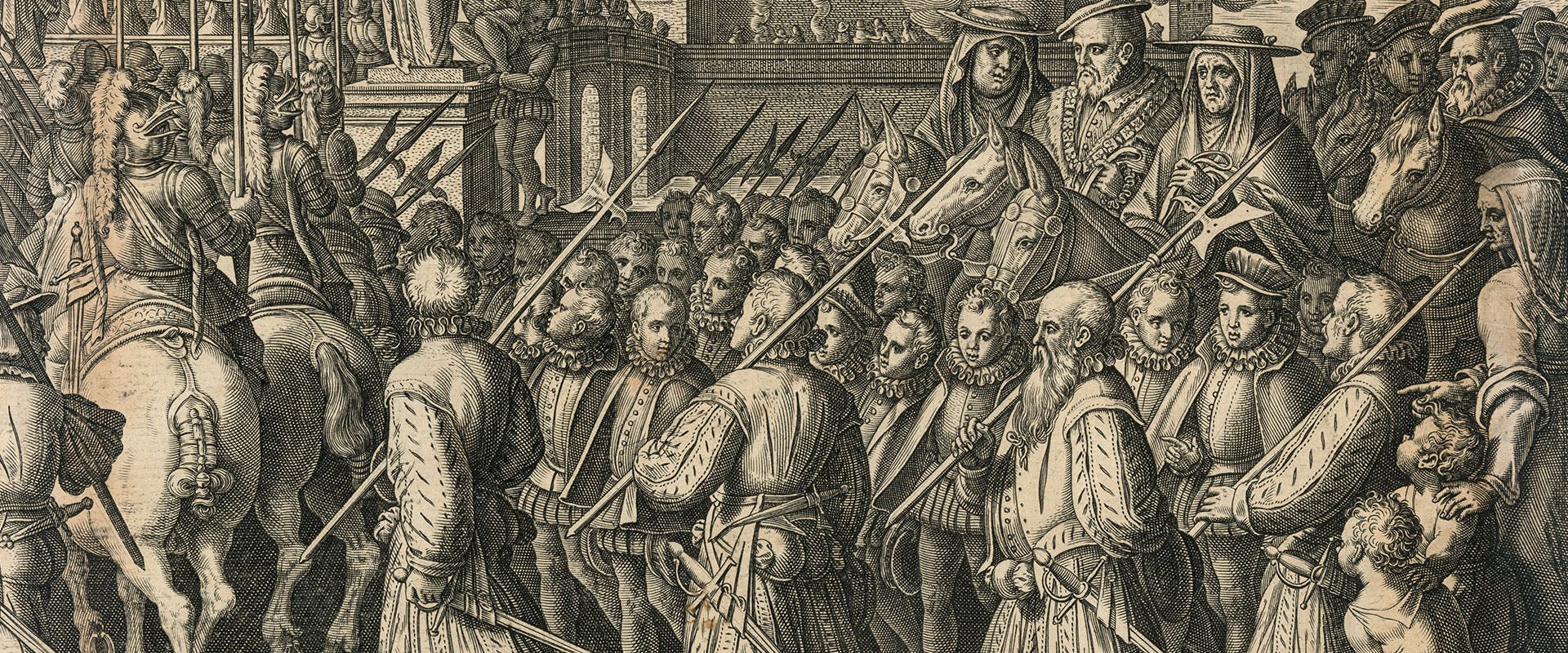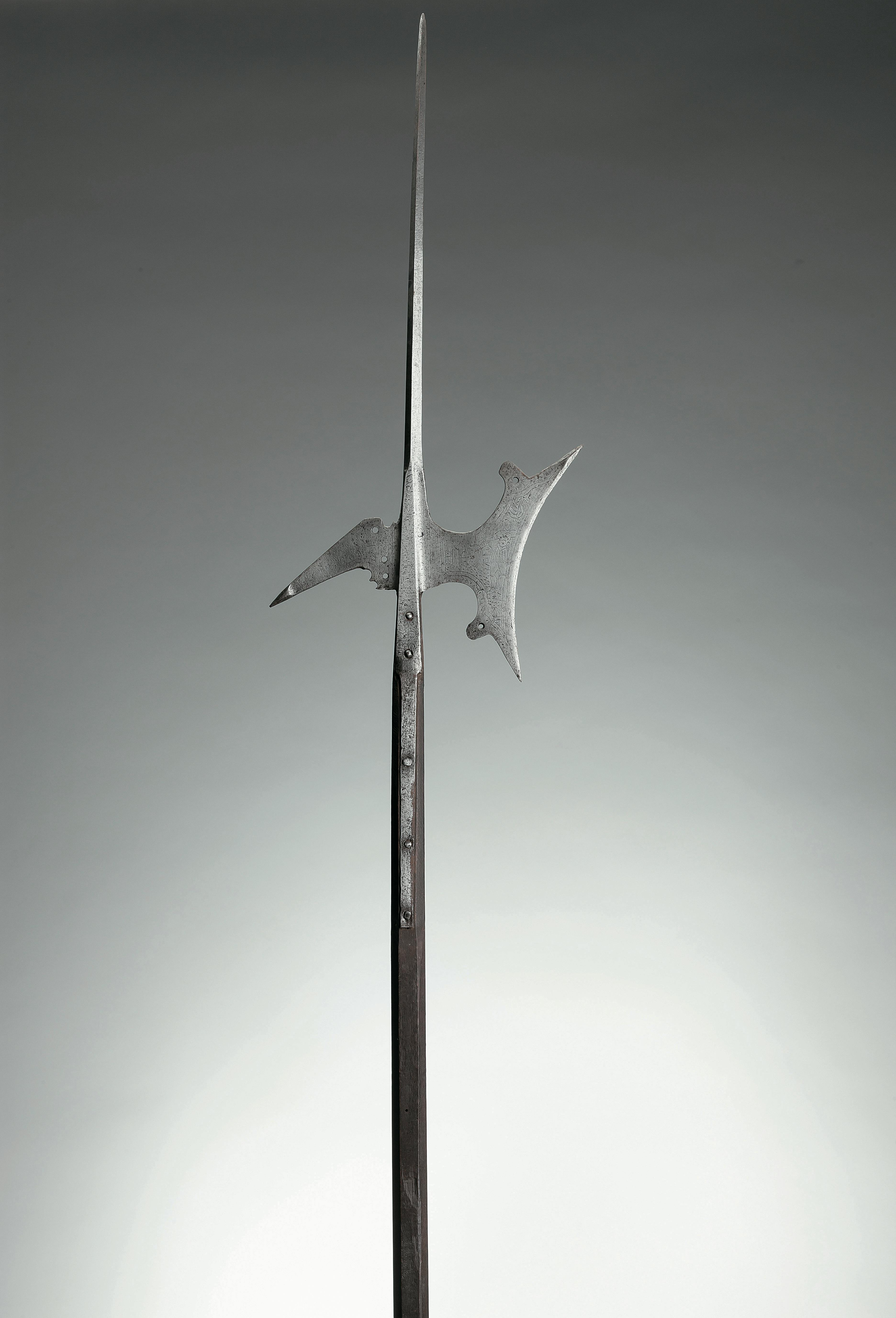Cosimo I de' Medici's army of Lancers at the Uffizi
To celebrate the 500th anniversary of the birth of Cosimo I de' Medici, the first Grand Duke of Florence, we have planned a "triptych" of events to be held in symbolic areas of the Uffizi Galleries.
The Gallerie degli Uffizi is celebrating the 500th anniversary of the birth of Cosimo I (1519–74), Florence's first Grand Duke, by devoting a 'triptych' of exhibitions to his memory: "A Hundred Lances for the Prince", "Weaving a Biography. The 17th century tapestries in honour of Cosimo I" (Hall of the Niches and White Room in the Pitti Palace from 5 June to 29 September) and "The First Statue for the Boboli Garden. The Peasant Restored" (Hall of the Niches in the Pitti Palace from 5 June to 29 September).
The first show to open, A Hundred Lanzi for the Prince, explores the Medici's German Guard corps – the 'Guardia de' Lanzi' in Florentine patois – comprising halberdiers with their typical livery. The fact that the exhibition is hosted on the first floor of the Uffizi is no mere coincidence: from the windows of the exhibition halls visitors can admire the Loggia of Orcagna in Piazza della Signoria, which was once the façade of the German Guard corps' headquarters in the Uffizi and is still known to this day as the Loggia dei Lanzi (an abbreviation of the German word "Landsknecht"). The guards' arrival in Florence in 1541 was one of the ways in which Cosimo I demonstrated his loyalty to the Habsburg Emperor Charles V: many years before he became Duke of Florence, Cosimo had had several opportunities to witness the Emperor's Guard of the cien alemanes (100 Germans), who followed the Emperor on all his peregrinations, in action.
The lancers played a crucial role in the context of the Medici court for almost two hundred years, until 1738. The guard corps' chief function was to protect the person of the sovereign and his closest relatives, which is why they appear in almost every event involving the sovereign, easily recognisable in their gaudy costumes and armed with their iconic weapon, the halberd. The exhibition explores the guard corps' story from a social, cultural and military standpoint. Divided into four sections, it hosts over 90 exhibits ranging from armour, weapons and costumes to engravings, paintings, documents and books recounting the corps and its history, without overlooking the impact it had on life in the city, an all-round tale involving both the common folk and the figures in the Medici court, from the dwarfs to Duchess Eleonora of Toledo in person. The sensational exhibits include what has survived of Cosimo I's own suit of armour, and the splendid armour of Captain Fernberger with the Medici arms embossed on it from the Künsthistorisches Museum in Vienna, in addition to weapons, objects, engravings and portraits. The halberdiers were the icons of princely authority, their mere appearance transforming any run-of-the-mill area or everyday situation into a "courtly scene". After roughly 200 years of loyal service, they were the last vestige of the old regime to quit their post, staying on to act as guards to the Electress Palatine until the arrival of the House of Lorraine's Swiss Guard corps, who took their place in 1738. Gallerie degli Uffizi Director Eike Schmidt explained: "The Medici Archive Project's research into the German halberdiers in Florence has led to the emergence of previously unknown information, bringing to light forgotten or unknown works of art, and offering a new interpretation of countless figurative documents of the era associated with the history of Florence in the time of the Lanzichenecchi".
The exhibition, promoted by the Gallerie degli Uffizi in conjunction with the Medici Archive Project is curated by Maurizio Arfaioli, Pasquale Focarile and Marco Merlo. Catalogue published by Giunti.
Weaving a Biography. The tapestries in honour of Cosimo I
To celebrate the 500th anniversary of the birth of Cosimo I de' Medici
Exhibitions
Tribute to Cosimo I - The Peasant and His Barrel
To celebrate the 500th anniversary of the birth of Cosimo I de' Medici we present the restoration of the first statue expressly carved for the Boboli Gardens
Exhibitions

